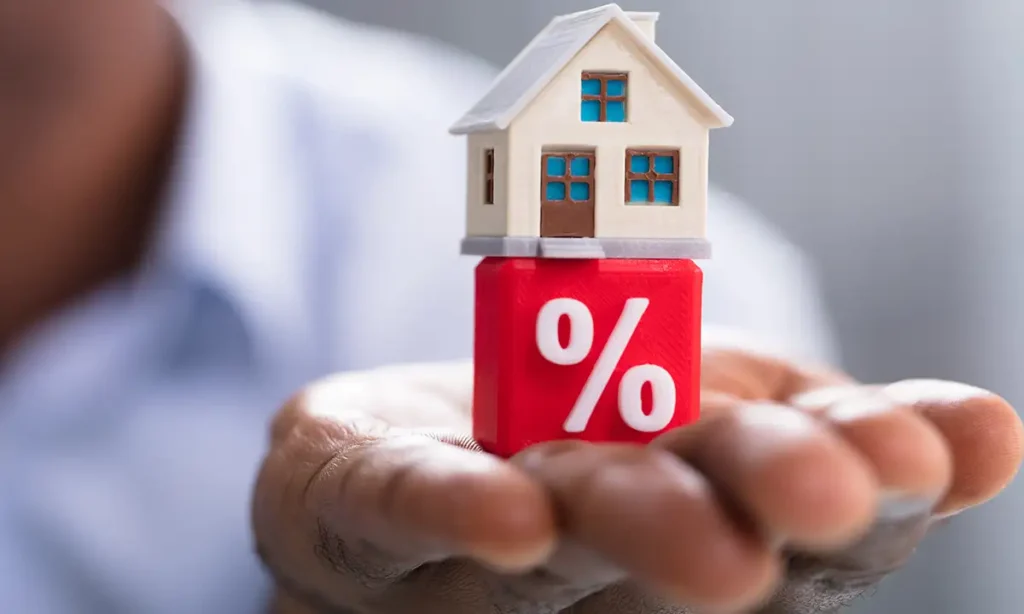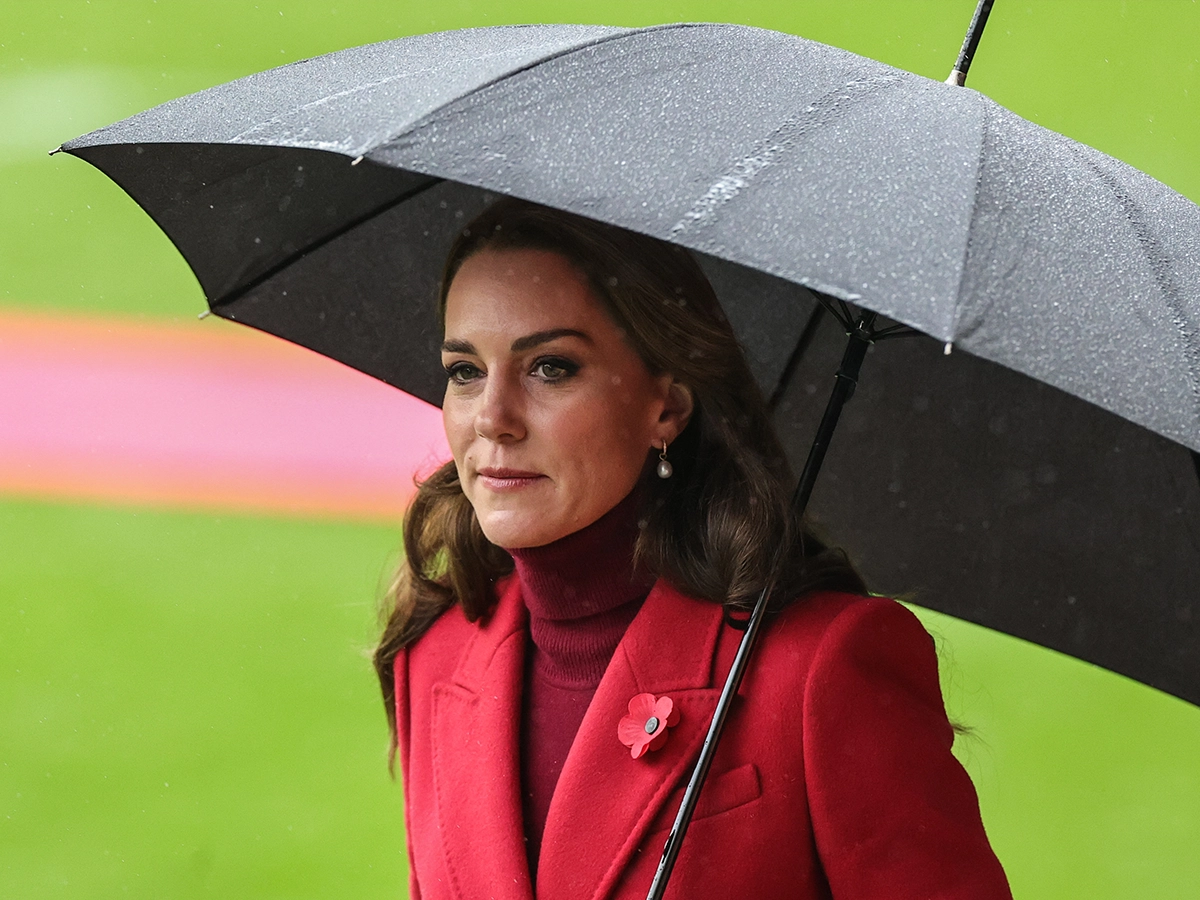Inside Australia’s Mortgage Crisis

Five years ago, many people could afford to buy a home in Australia’s cities and pay off a dependable mortgage of around 3%. Today, those same homeowners are looking at mortgage payments about twice that.
The Australian mortgage crisis is a growing concern that has added to people’s insecurities around soaring property prices, interest rates, and changes in lending policies. These uncertainties have caused many Australian homeowners to panic and led many experts to wonder if the property market is headed toward a crash.
The Causes of the Crisis
There are several reasons for the dramatic changes in lending rates and practices. In the past year, property prices have soared in most parts of the country. According to the Australian Bureau of Statistics, average big city housing prices have jumped to over 3% since December. This rapid rise in property prices has made the average Australian home less affordable, especially for first-time buyers. For current homeowners, this has led to increased mortgage stress and worries that it will become even more expensive in the near future.
In response, lenders drastically raised interest rates on Australian homeowners. There are also fears that rising global inflation and pandemic recovery could cause more increases to these rates. This move could apply more pressure on homeowners who are already struggling with higher mortgage repayments.
The pandemic’s economic fallout has only exacerbated the mortgage crisis in Australia. With job losses and reduced incomes, homeowners all too often are having trouble meeting their mortgage commitments.
The Australian government’s temporary JobKeeper payment program gave needed support to many people. However, after the program was cut in March 2021, some households are still in a vulnerable situation. Even as the Australian economy recovers from the pandemic, many people are still affected.
Yet the pandemic also helped drive demand for housing. After the pandemic, many experts point to a willingness of home buyers to purchase new homes when they weren’t ready. This coincided with economists and banks claiming that interest rates will stay low for a long period. With this post-Covid demand for housing and constraints on the supply of housing, property rates rose and drove interest rates up with them.
Impact on Homeowners
Australia’s “mortgage cliff” is seeing more and more people wondering what to do. Mortgage stress, defined as dedicating over 30% or 35% of pre-tax income to home loan repayments, has become common in the country. As expected, this uncertainty is leading to homeowners’ increased anxiety and stress.
Australians took to the street outside the Reserve Bank of Australia (RBA) meeting in July to protest further interest rate hikes. The RBA decided to halt an increase in rates for now. The RBA said in a statement that they are still aiming to increase interest rates soon to return inflation to its target levels.
The Australian mortgage crisis raises questions about the long-term sustainability of the country’s housing market. Many people fear it could lead to a decline in homeownership rates, social inequality, and trouble for banks. There are also concerns about a potential housing bubble that could further push Australian homeowners over the edge. So far, the country is averting any disaster, yet many homeowners are bracing for the worst.







Have your say